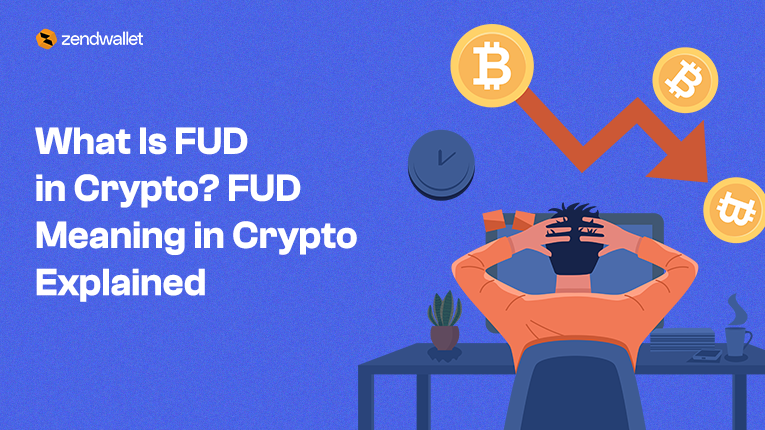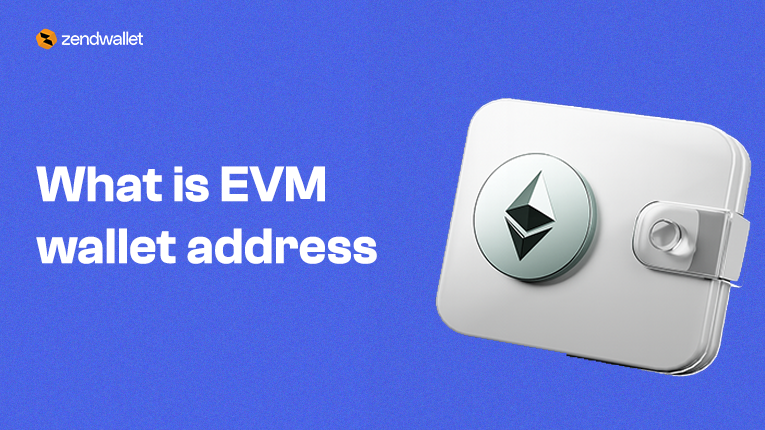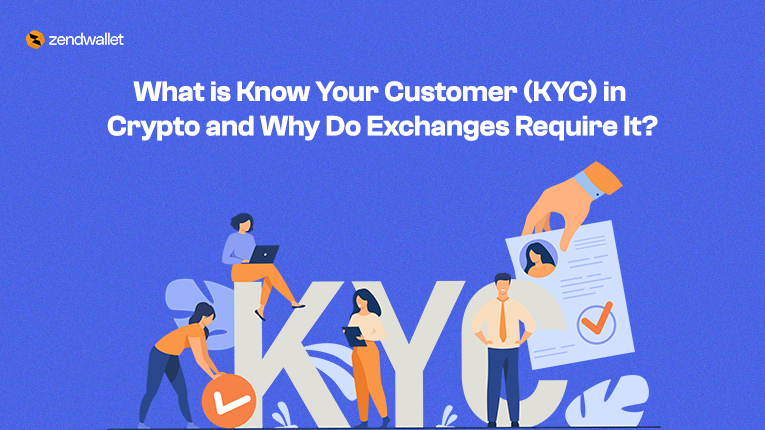Understanding different trading methods and potential hazards is crucial in the ever-changing cryptocurrency trading market.
One critical threat crypto traders should be aware of is the “sandwich attack.” This advanced form of front-running can result in significant financial losses if not properly addressed.
In this article, we’ll explain sandwich attacks, how they operate, and most importantly, how to avoid falling victim to them.
Our aim at ZendWallet is to make sure you trade safely and profitably.
What Are Sandwich Attacks in Crypto?
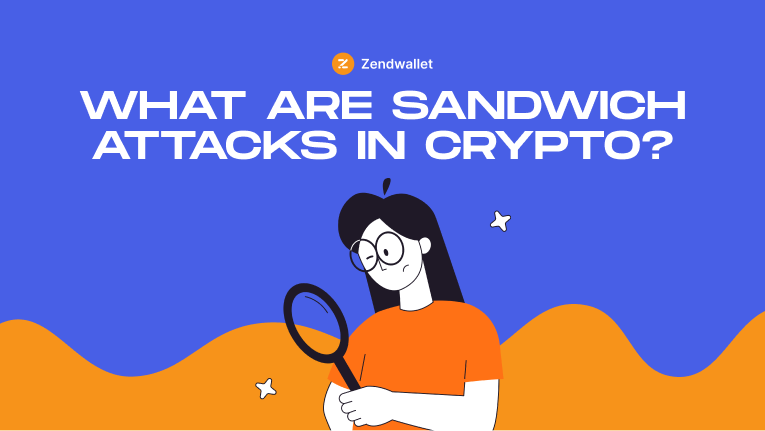
A sandwich attack in the cryptocurrency realm is a type of front-running attack where a malicious trader exploits the order of transactions for profit.
To grasp the concept fully, let’s break down the steps involved in a sandwich attack:
1. Identification of Target Transaction: The attacker scans the mempool for a large pending transaction that is likely to impact the price of a particular cryptocurrency.
2. Front-Running Transaction: The attacker places a buy order just before the target transaction is executed, anticipating the target transaction will drive up the asset’s price.
3. Target Transaction Execution: The target transaction goes through, causing the asset price to rise.
4. Back-Running Transaction: Immediately after the target transaction, the attacker places a sell order at the new, higher price, securing a profit.
In essence, the attacker sandwiches the victim’s transaction between two of their own, hence the term “sandwich attack.”
How to Avoid Sandwich Attacks in Crypto?
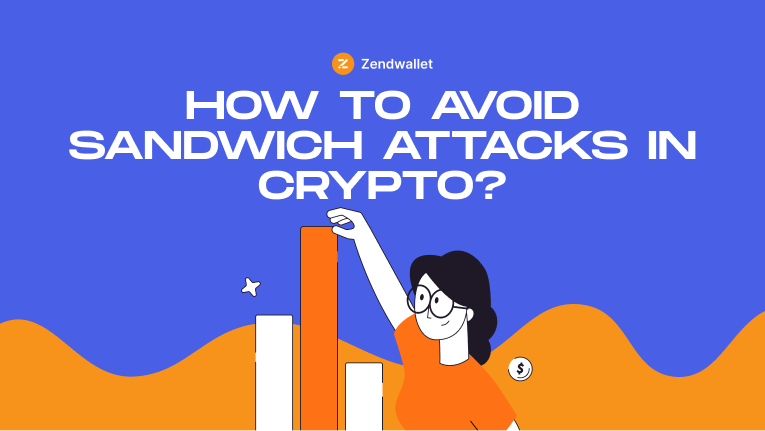
Now that we understand what sandwich attacks are, let’s delve into effective strategies to avoid them:
1. Use Decentralized Exchanges (DEXs) with Slippage Protection:
Many advanced DEXs offer features designed to protect against high slippage. ZendWallet, for example, allows you to set a maximum slippage tolerance to minimize the risk of sandwich attacks.
2. Break Up Large Transactions:
Instead of executing a large trade in a single transaction, break it into smaller trades. This makes it more challenging for attackers to identify and target your transactions for a sandwich attack.
3. Use Privacy Features:
Certain DEXs and wallets, like ZendWallet, provide privacy features that obfuscate transaction details, making it harder for attackers to identify and front-run your trades, thereby preventing sandwich attacks.
4. Utilize Limit Orders:
Unlike market orders, limit orders execute at a specific price or better. This can help you avoid the immediate price impact that makes sandwich attacks feasible.
ZendWallet’s intuitive interface makes setting limit orders straightforward and effective.
5. Be Aware of Gas Fees:
On networks like Ethereum, higher gas fees can expedite your transaction, reducing the likelihood of getting sandwiched.
However, this comes at an additional cost, so use this strategy judiciously to avoid sandwich attacks.
6. Monitor Mempool Activity:
Keeping an eye on pending transactions in the Mempool can provide insights into potential front-running attempts, allowing you to adjust your strategies to avoid sandwich attacks accordingly.
Sandwich Attacks in Crypto: How To Protect Yourself
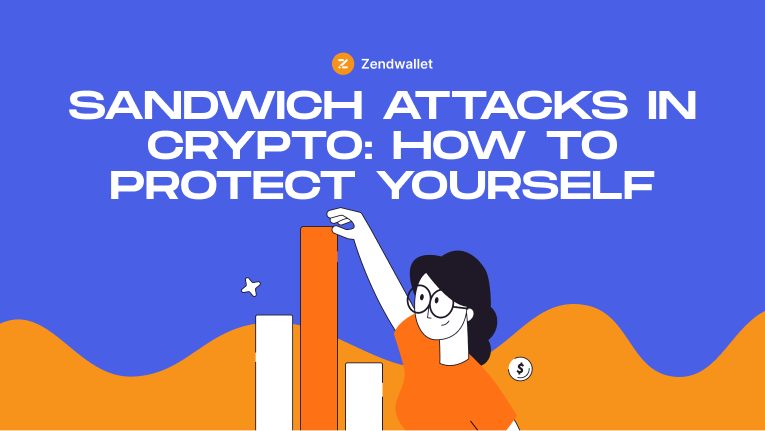
1. Educate Yourself:
Knowledge is your first line of defence. Understand how sandwich attacks work, stay informed about the latest developments in DeFi, and be aware of new attack vectors and protection measures.
2. Use Tools and Analytics:
Several tools can help you analyze the blockchain and detect potential front-running activities. Leveraging these tools can give you an edge in identifying and avoiding sandwich attacks. ZendWallet offers advanced analytics to help you stay ahead.
3. Diversify Trading Strategies:
Relying on a single trading strategy can make you predictable. Diversifying your approaches can make it harder for attackers to anticipate and exploit your trades, thereby reducing the risk of sandwich attacks.
4. Engage with the Community:
Participate in forums, social media groups, and community discussions related to DeFi and crypto trading.
Sharing experiences and learning from others can provide valuable insights into avoiding sandwich attacks.
Join the ZendWallet to stay updated and informed.
5. Choose Reputable Platforms:
Stick to well-known and reputable trading platforms that have robust security measures in place.
These platforms are more likely to have mechanisms to protect against front-running and other types of attacks, including sandwich attacks.
ZendWallet is dedicated to providing a secure trading environment for all users.
How Do You Get Sandwiched in Crypto?
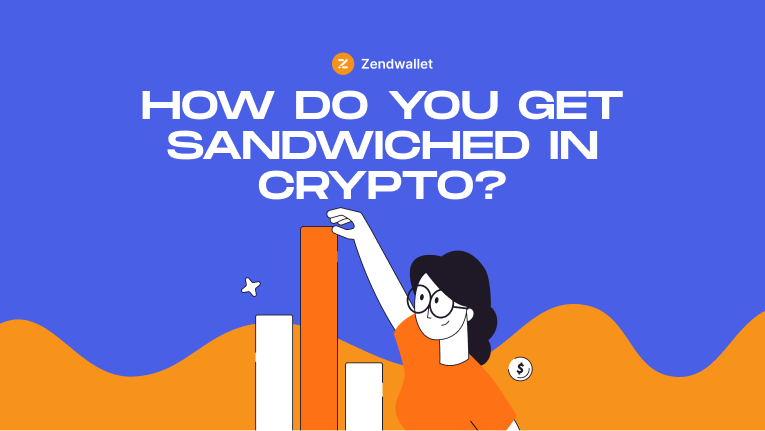
Understanding how you can get sandwiched in crypto trading is essential to safeguarding your assets. Here’s a simplified scenario:
1. You Place a Large Buy Order: You decide to buy a significant amount of a particular cryptocurrency on a DEX.
2. Attacker Spots Your Order: An attacker monitoring the mempool sees your large buy order and predicts that it will raise the price of the asset.
3. Attacker Front-Runs Your Order: The attacker quickly places their buy order before your order is executed.
4. Your Order Executes, Raising the Price: Your buy order is executed, which increases the price of the cryptocurrency as expected.
5. Attacker Sells at a Profit: Immediately after your order, the attacker sells the cryptocurrency at a new higher price, making a profit at your expense.
By understanding this process and implementing protective measures, you can reduce the risk of falling victim to sandwich attacks and enhance the security of your crypto trading activities.
At ZendWallet, we prioritize your safety and trading success. Our platform is designed with features to help you avoid sandwich attacks and other trading pitfalls.
Join ZendWallet today and trade with confidence, knowing you’re protected by the best in the business.
Also Read: Bitcoin Whales: What Are They and How to Spot Them
Frequently Asked Questions
What Is a Sandwich Attack in Cryptocurrency?
A sandwich attack in the cryptocurrency realm is a type of front-running attack where a malicious trader exploits the order of transactions for profit.
To grasp the concept fully, let’s break down the steps involved in a sandwich attack:
1. Identification of Target Transaction: The attacker scans the mempool for a large pending transaction that is likely to impact the price of a particular cryptocurrency.
2. Front-Running Transaction: The attacker places a buy order just before the target transaction is executed, anticipating the target transaction will drive up the asset’s price.
3. Target Transaction Execution: The target transaction goes through, causing the asset price to rise.
4. Back-Running Transaction: Immediately after the target transaction, the attacker places a sell order at the new, higher price, securing a profit.
In essence, the attacker sandwiches the victim’s transaction between two of their own, hence the term “sandwich attack.”
What Makes Crypto Jump?
Several factors can cause a cryptocurrency to experience a sudden price jump:
1. Market Demand: A surge in buying interest from investors can drive up the price.
2. Positive News: Announcements of partnerships, technological advancements, regulatory approvals, or major endorsements can boost investor confidence and increase prices.
3. Market Sentiment: Positive sentiment, often driven by social media and influential figures in the crypto community, can lead to a price surge.
4. Limited Supply: Cryptocurrencies with a fixed or decreasing supply can experience price increases when demand outstrips availability.
5. Whale Activity: Large purchases by big investors, often referred to as “whales,” can significantly impact the price of a cryptocurrency.
What to Do When Crypto Dips?
When cryptocurrency prices dip, it’s essential to approach the situation calmly and strategically:
1. Evaluate the Cause: Determine if the dip is due to a temporary market fluctuation, broader market trends, or specific news affecting the cryptocurrency.
2. Avoid Panic Selling: Selling in a panic can lock in losses. Instead, assess whether the fundamentals of the cryptocurrency remain strong.
3. Buy the Dip: If you believe in the long-term potential of the cryptocurrency, consider buying more at a lower price.
4. Diversify Your Portfolio: Spread your investments across different cryptocurrencies to mitigate risk.
5. Use Stop-Loss Orders: Setting stop-loss orders can help limit potential losses by automatically selling your assets if the price falls to a certain level.
How Do You Stop Loss in Crypto Trading?
Stop-loss orders are a critical tool for managing risk in crypto trading. Here’s how you can implement them effectively:
1. Set a Stop-Loss Order: Choose a specific price at which you want to sell your cryptocurrency to prevent further losses.
2. Determine Your Risk Tolerance: Decide how much of a loss you are willing to accept on a trade and set your stop-loss order accordingly.
3. Use Trailing Stop-Loss: This type of order moves with the market price, allowing you to lock in profits while still protecting against significant losses.
4. Review Regularly: Periodically review and adjust your stop-loss levels based on market conditions and changes in your investment strategy.
Bottom Line
Sandwich attacks, however, are a real possibility in the crypto trading market.
You can defend yourself from these cunning attacks and trade more if you keep yourself informed, use preventative measures, and interact with the community.
Recall that a mix of awareness, alertness, and calculated action is necessary to prevent sandwich assaults. You’re never crypto trading alone when you use ZendWallet today.
Related Article: What is Cryptocurrency Trading, And How Does It Work?

